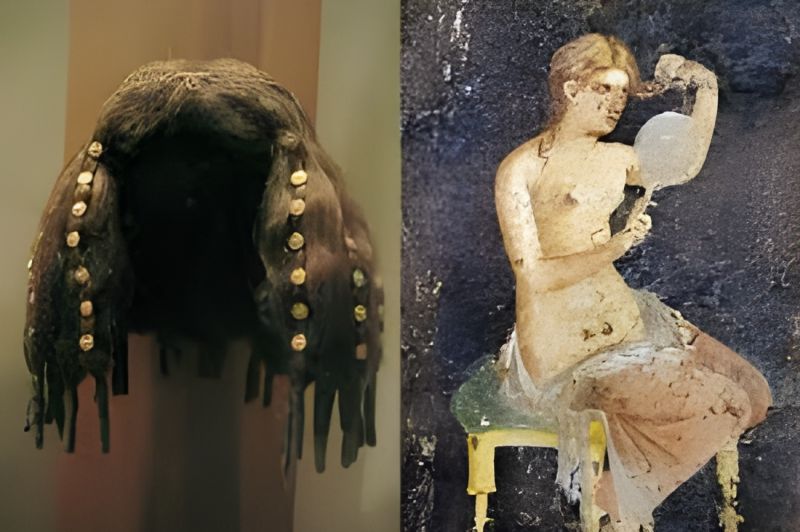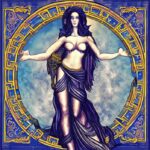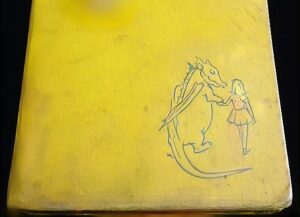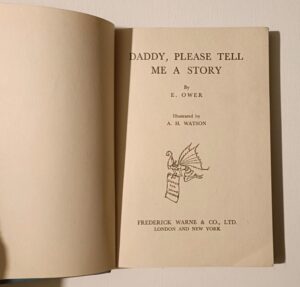Roman Women : Their History and Habits, Lifestyles, Hairstyles and Hair Color by J.P.V.D Balsdon
The bust of an Empress, Vibia Sabina (wife of Hadrian), and her wig in the Uffizi, from the Archaeological Museum of Fiesole.
Authored by J. P. V. D. Balsdon via Roman Women Book
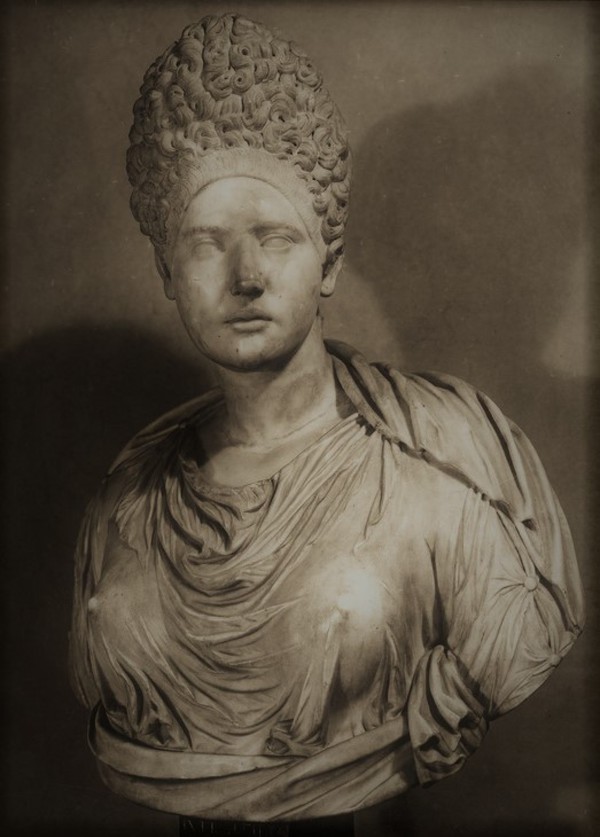
Vibia Sabina, wife of Emperor Hadrian, the bust found in excavations over the last decade. That is not a hairstyle, but a wig. Fashion of the Flavian Age and beyond as a tradition used to distinguish the aristocratic nobility from at least the 2nd century BC.


Roman noblewomen used to wear more wigs made from the blonde hair of slaves, as the blonde color was a symbol of purity and perfection.
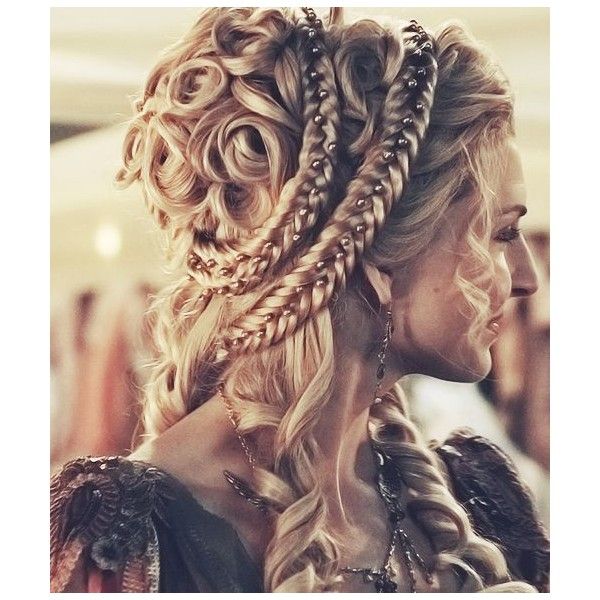
The custom of discoloring hair to give it more shine and a blond color effect led many women to ruin their skin and therefore they repaired nature’s wrong by using wigs.
Thus it was the Nordic slaves who influenced the culture of the Southern European Empire, the patricians were holders of it through these symbols, fashion was never anything other than symbolizing the influences of the barbarians in Society.

There were many different ways to make hair lighter, methods still used today. Rich people even sprinkled gold dust on their hair to create a blonde look, as did the ancient Phoenicians. The poorest instead used flower pollen.
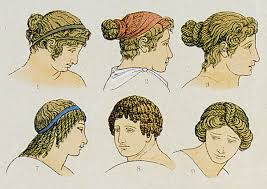
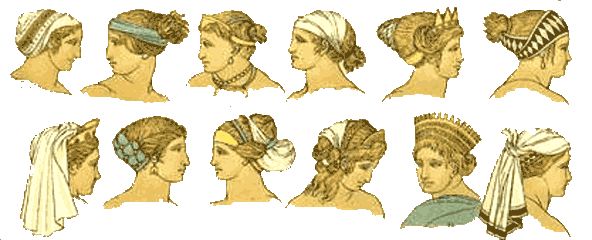
A book that study this and other Roman women lifestyles is without doubt is “Roman Women : Their History and Habits” by , J.P.V.D Balsdon.
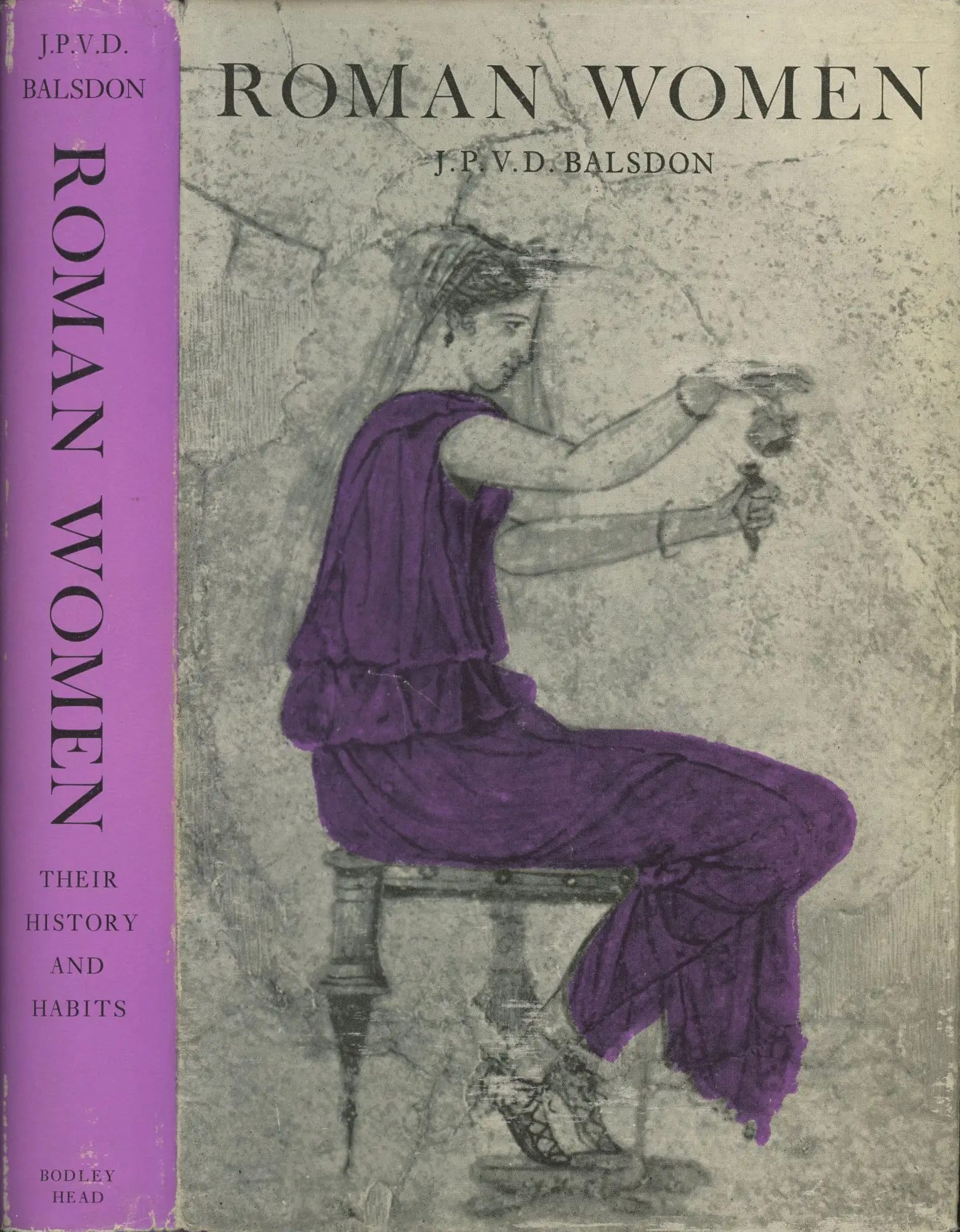
“Ah, the eternal conundrum of the Roman woman: a paradox of power and vulnerability, of beauty and brutality. In this magnificent tome, historian J.P.V.D. Balsdon embarks on a journey through the labyrinthine corridors of Roman society, illuminating the lives of those most enigmatic and fascinating creatures – the women of Rome.
With the precision of a surgeon and the flair of a poet, Balsdon dissects the mythological and legendary figures of Roman women, revealing the intricate web of societal norms that governed their lives. From the founding of Rome to the death of Constantine, this sweeping narrative traverses the vast expanse of Roman history, unearthing the secrets of marriage, child-rearing, adultery, divorce, and the intoxicating rituals of Bacchanalia.

But Balsdon’s true mastery lies in his ability to distill the essence of Roman womanhood, to capture the essence of their daily lives in all their complexity. He writes of the arduous beauty regimen, the elaborate coiffures, the perfumes, and the powders that adorned the Roman woman, and yet, beneath the surface, he reveals the struggles, the passions, and the desires that drove them.
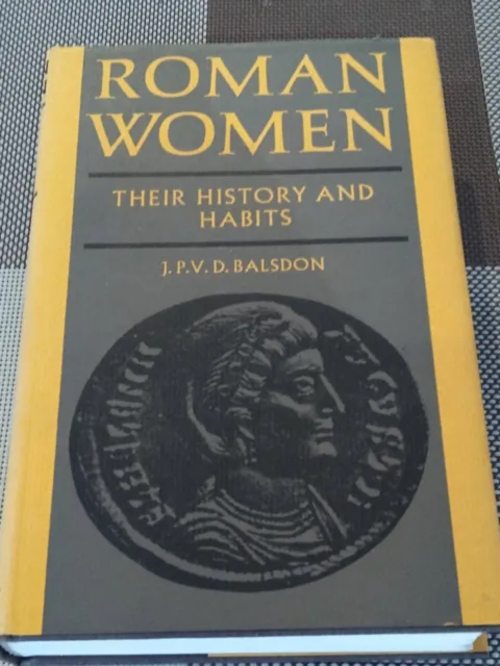
This is no dry, academic treatise, but a living, breathing portrait of a civilization, a testament to the enduring power of the human spirit. For in the Roman woman, we find a reflection of our own desires, our own fears, and our own contradictions. And it is this, perhaps, that makes Roman Women such a triumph – a work of scholarship, of art, and of the human imagination.”
